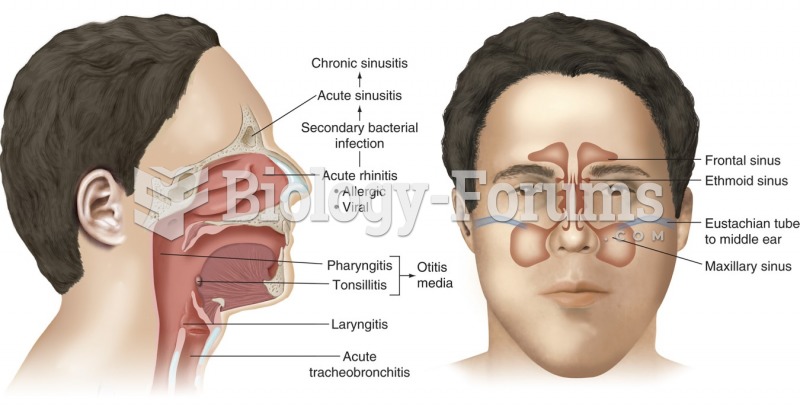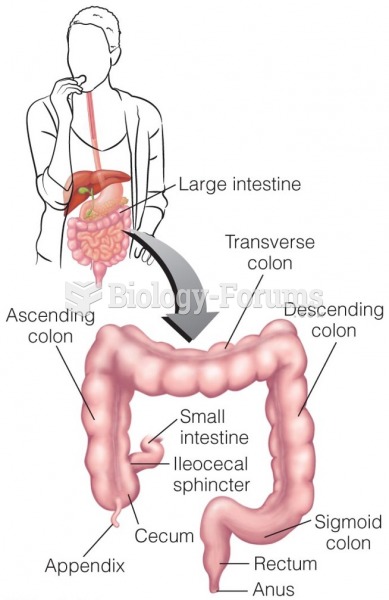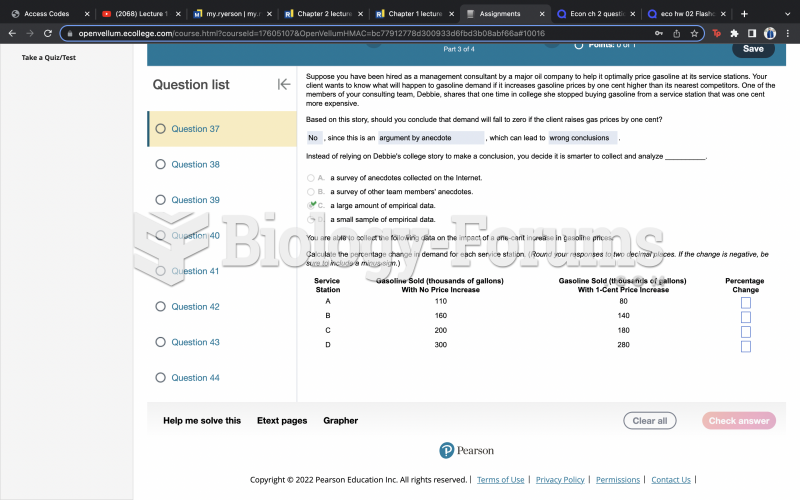Answer to Question 1a
Answer to Question 21a. Revenues Budget
Knights Blankets Raiders Blankets
Total
Units sold 130 190
Selling price 229 296
Budgeted revenues 29,770 56,240 86,010
b. Production Budget in Units
Knights Blankets Raiders Blankets
Budgeted unit sales 130 190
Add budgeted ending fin. goods inventory 22 27
Total requirements 152 217
Deduct beginning fin. goods inventory 12 17
Budgeted production 140 200
c. Direct Materials Usage Budget (units)
Red wool Black wool Knights logo patches Raiders logo patches
Total
Knights blankets:
1. Budgeted input per f.g. unit 4 1
2. Budgeted production 140 140
3. Budgeted usage (1 2) 560 140
Raiders blankets:
4. Budgeted input per f.g. unit 5 1
5. Budgeted production 200 200
6. Budgeted usage (4 5) 1,000 200
7. Total direct materials
usage (3 + 6) 560 1,000 140 200
Direct Materials Cost Budget
8. Beginning inventory 35 15 45 60
9. Unit price (FIFO) 9 12 7 6
10. Cost of DM used from beginning inventory (8 9) 315 180 315 360 1,170
11. Materials to be used from purchases (7

525 985 95 140
12. Cost of DM in March 10 11 7 8
13. Cost of DM purchased and used in March (11 12) 5,250 10,835 665 1,120 17,870
14. Direct materials to be used (10 + 13) 5,565 11,015 980 1,480 19,040
Direct Materials Purchases Budget
Red wool Black wool Knights logos Raiders logos
Total
Budgeted usage
(from line 7) 560 1,000 140 200
Add target ending inventory 25 25 25 25
Total requirements 585 1,025 165 225
Deduct beginning inventory 35 15 45 60
Total DM purchases 550 1,010 120 165
Purchase price (March) 10 11 7 8
Total purchases 5,500 11,110 840 1,320 18,770
d. Direct Manufacturing Labor Budget
Budgeted Direct
Manuf. Labor-
Units Hours per Total Hourly
Produced Output Unit Hours Rate Total
Knights blankets 140 3 420 27 11,340
Raiders blankets 200 4 800 27 21,600
1,220 32,940
e. Manufacturing Overhead Budget
Variable manufacturing overhead costs (1,220 16) 19,520
Fixed manufacturing overhead costs 14,640
Total manufacturing overhead costs 34,160
Total manuf. overhead cost per hour = 34,160 1,220 = 28 per direct manufacturing labor-hour
Fixed manuf. overhead cost per hour = 14,640 1,220 = 12 per direct manufacturing labor-hour
f. Computation of unit costs of ending inventory of finished goods
Knights Blankets Raiders Blankets
Direct materials
Red wool (10 4, 0) 40 0
Black wool (11 0, 5) 0 55
Knights logos (7 1, 0) 7 0
Raiders logos (8 0, 1) 0 8
Direct manufacturing labor (27 3, 4) 81 108
Manufacturing overhead
Variable (16 3, 4) 48 64
Fixed (12 3, 4) 36 48
Total manufacturing cost 212 283
Ending Inventories Budget
Cost per Unit Units Total
Direct Materials
Red wool 10 25 250
Black wool 11 25 275
Knights logo patches 7 25 175
Raiders logo patches 8 25 200
900
Finished Goods
Knights blankets 212 22 4,664
Raiders blankets 283 27 7,641
12,305
Total 13,205
g. Cost of goods sold budget
Beginning fin. goods inventory, March 1, 2014 (1,440 + 2,550) 3,990
Direct materials used (from Dir. materials cost budget) 19,040
Direct manufacturing labor (Dir. manuf. labor budget) 32,940
Manufacturing overhead (Manuf. overhead budget) 34,160
Cost of goods manufactured 86,140
Cost of goods available for sale 90,130
Deduct ending fin. goods inventory, March 31, 2014 (Inventories budget) 12,305
Cost of goods sold 77,825
2. Areas where continuous improvement might be incorporated into the budgeting process:
(a) Direct materials. Either an improvement in usage or price could be budgeted. For example, the budgeted usage amounts for the fabric could be related to the maximum improvement (current usage minimum possible usage) of yards of fabric for either blanket. It may also be feasible to decrease the price paid, particularly with quantity discounts on things like the logo patches.
(b) Direct manufacturing labor. The budgeted usage of 3 hours/4 hours could be continuously revised on a monthly basis. Similarly, the manufacturing labor cost per hour of 27 could be continuously revised down. The former appears more feasible than the latter.
(c) Variable manufacturing overhead. By budgeting more efficient use of the allocation base, a signal is given for continuous improvement. A second approach is to budget continuous improvement in the budgeted variable overhead cost per unit of the allocation base.
(d) Fixed manufacturing overhead. The approach here is to budget for reductions in the year-to-year amounts of fixed overhead. If these costs are appropriately classified as fixed, then they are more difficult to adjust down on a monthly basis.
Answer to Question 3c







